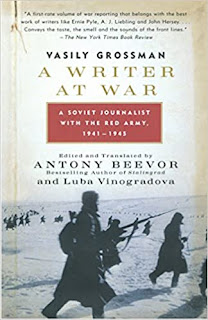Narniathon: The Lion, the Witch, and the Wardrobe

The Lion, the Witch, and the Wardrobe , by C. S. Lewis A delightful project, to read one Narnia book a month and discuss it. Chris has posted his first discussion prompt, which I answered there, and now I'm going to set down a few of my more random thoughts about The Lion, the Witch, and the Wardrobe . Well, we all know the story, in which four siblings find their way into a magical land ruled by an evil witch, who can only be defeated when the true king, Aslan, arrives and sacrifices himself to redeem the world from her grasp. It's an exciting children's story that: contains layers and depths that can be endlessly discussed, that many people dislike or resent, and which also features a rather gleeful hodgepodge of elements from every mythos, legend, and sweet shop that Lewis could think of. I bet Lewis just liked the word wardrobe . It is a funny and unexpected sort of word, which lends excellent rhythm to the title. There are all sorts of ways to play with a w








